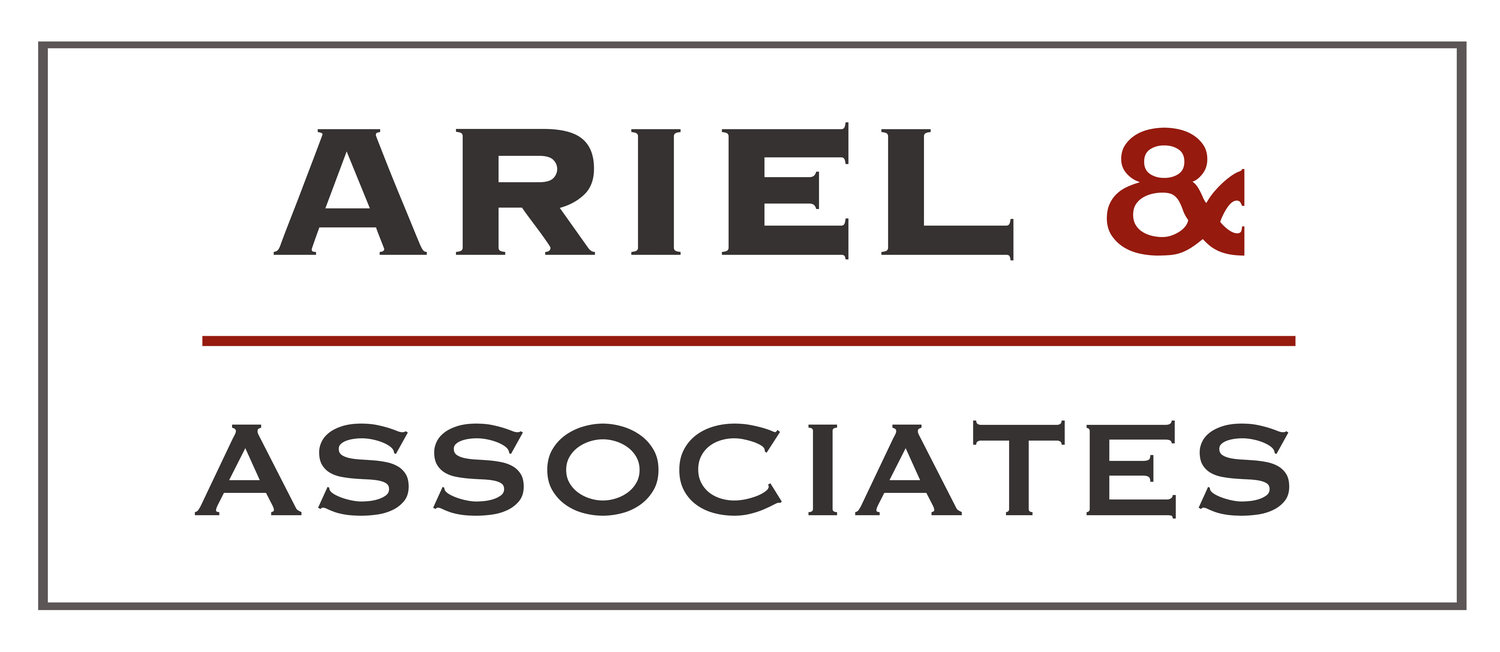ASIC has released the findings of a report following a review of compliance procedures by those licensees with asset holding obligations imposed by ASIC Regulatory Guide (“RG”) 133 Managed Investments and Custodial or Depository Services: Holding Assets. The entities highlighted were custodians, Responsible Entities of Managed Investment Schemes (“MIS”), operators of Managed Discretionary Account (“MDA”) services and Investor Directed Portfolio Service (“IDPS”) operators.
The safekeeping of clients’ funds and property (assets) is a critical functionality in the financial services sector. The conduct of such participants has a direct correlation on the level of investor trust and confidence in the financial system as a whole. Therefore, adequate resources must be expended to ensure that there is no threat to the holding of such assets as well as ensuring that ancillary services, such as pricing and reporting, are properly performed.
ASIC undertook the review after randomly selecting 19 target entities which focused on:
Financial (ie, NTA) requirements.
Disclosure to retail clients.
The minimum standards, including:
Engagement and oversight of custodians.
Holding assets on trust.
Organisational structural requirements.
Training and competency.
Internal processes covering the operation of omnibus accounts, record keeping, managing conflicts of interest and breach reporting.
ASIC disclosed details of its key findings:
RG133 Requirements
ASIC concluded that many licensees lack sufficient knowledge and understanding of RG133 and as such, their Boards and senior management need to prioritise asset holding and administration.
Custody Agreements
ASIC highlighted the importance of executing custody agreements which must comply with the content requirements of RG133.80 to RG133.120.
Change Management
A change in the licensee’s ownership, or a change in the appointment of a custodian may cause additional operational risk during the transition process.
Adequacy of Capacity and Resources
ASIC noted that some of the licensees needed the assistance of external parties to adequately respond to ASIC’s queries. ASIC also noted that most of the licensees appointed an external custodian wholly or for the majority of clients’ assets.
Manual Processing
ASIC concluded that some licensees were reliant on manual processes which would lead to an increase in operational risk.
Understanding and Managing Conflicts of Interest
Some licensees, which undertake custody responsibilities, were not properly managing conflicts of interest. As an example, one entity had identical Board members and signatories for the Responsible Entity as that of the custodian subsidiary.
Selection and Monitoring of Custodians
Licensees need to follow a formal selection procedure to ensure that they identify and engage competent external service providers.
NTA Requirements
All licensees complied with the applicable financial (NTA) requirements.
Unregistered Schemes
ASIC noted that one licensee did not understand that the regulatory requirements applied to the custody of assets of an unregistered (ie, wholesale) MIS.
ASIC highlighted certain examples of poor compliance, including but not limited to:
Not maintaining properly executed custody agreements.
Failing to identify the funds whose custody was outsourced.
Maintaining a website containing incorrect information.
Failing to ensure that senior management were engaged in the custody component of the business.
A general lack of understanding in regard to the obligations relating to custody.
ASIC Report 531 can be found by clicking here
Should you have any queries about ASIC or other issues involving compliance, licensing, or corporate governance, please contact Jeremy Danon, director of Ariel & Associates Pty Ltd on (02) 8223 3355 or at jeremy@ariel.associates.
